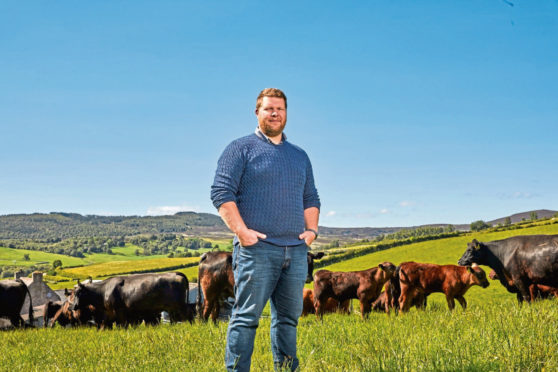A report highlighting the benefits of growing fodder beet in Scotland has been launched as part of the Monitor Farm Scotland programme.
The report, by Quality Meat Scotland (QMS), AHDB and SAC Consulting, includes a seven-step guide to growing fodder beet, ten helpful tips and a range of technical information and up-to-date data to assist farmers on how to successfully grow fodder beet.
Data included in the report was harvested from a project including four monitor farms and members of their community groups from Shetland, Sutherland, Angus and the Lothians.
The Angus monitor farm is the 358 hectare Mill of Invarity, run by Rob and Alison Stodart, with their two sons Rory and Tom.
Currently, the farm devotes 130 hectares to spring barley, 30 hectares to winter barley, 25 hectares to oilseed rape and 40 hectares to winter wheat, however, that is currently under review.
All the farms participated in a trial growing fodder beet and the results were analysed.
The project was facilitated by Kirsten Williams from SAC Consulting, part of Scotland’s Rural College (SRUC).
Ms Williams said: “This restricted pool of information and lack of basic knowledge specific to fodder beet crops grown in Scotland was a challenge for Scottish livestock farmers who are growing the crop. Interest in the crop stems from the fact that fodder beet has the potential to provide many benefits to livestock producers in Scotland, the main one being the yield potential, which is larger than any other forage crop grown in the UK.”
Bruce McConachie, head of industry development with QMS, said: “The high yield has potential to make fodder beet one of the cheapest forages per kilogramme of dry matter, as well as one of the cheapest forage per mega joule of energy due to its nutritional characteristics.
The full report can be found at www.monitorfarms.co.uk.
jimillar@thecourier.co.uk
